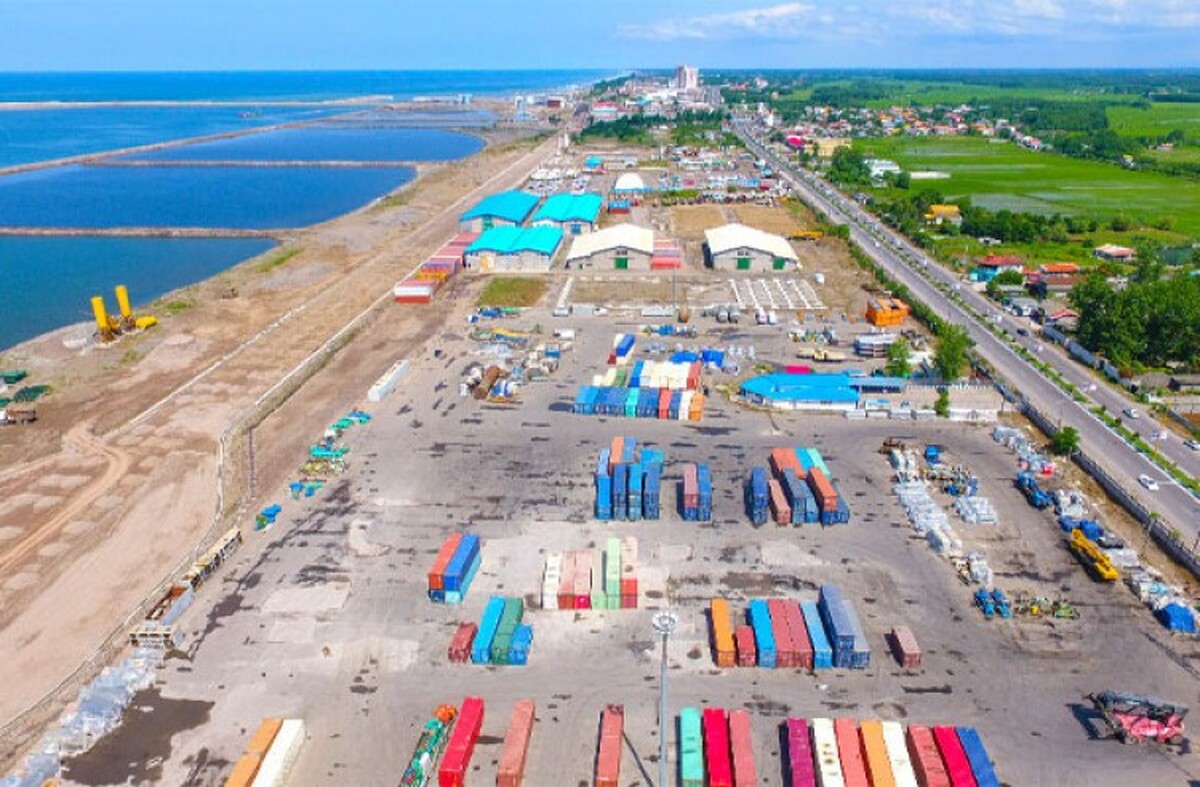
New Free Trade Zones: A Conditional Opportunity
EghtesadOnline: The Expediency Council, a powerful body that resolves disputes between the parliament and Guardians Council, approved the establishment of seven free trade zones and 13 special economic zones last week.
The bill on the creation of new FTZs had been approved by the parliament on three occasions in the Iranian years ending March 2019 and 2020, but was rejected by the Guardians Council every time, IRNA reported.
According to Secretary of the High Council of Free Trade Zones and Special Economic Areas Hamidreza Momeni, the seven new FTZs include Mehran in the western province of Ilam, Sistan in the southeastern Sistan-Baluchestan Province, Baneh-Marivan in the northwestern Kurdestan Province, Bushehr in southern Bushehr Province, Qasr-e Shirin in western Kermanshah Province, Ardabil in northwestern Ardabil Province and Incheh Borun in the northeastern Golestan Province.
Members of the council also approved the creation of 13 special economic zones, namely Lar and Fasa in Fars Province, Abarkouh and Meybod in Yazd Province, Zanjan in Zanjan Province, Gachsaran in Kohgilouyeh-Boyerahmad Province, Serow in West Azarbaijan Province, Khaf and Qouchan in Khorasan Razavi Province, Khorramabad in Lorestan Province, Takestan in Qazvin Province, Shahin Shahr in Isfahan Province and Savojbolagh in Alborz Province.
“Key requirements for developing a successful free trade zone organization are the ideological alignment of its board of directors and managing director, allocation of budget for building infrastructures and strengthening social capital for attracting domestic and foreign investors” Kayvan Kashefi, a member of Iran Chamber of Commerce, Industries, Mines and Agriculture, stated in a write-up for Otaghiranonline.ir.
Trade balance of free and special economic zones stood at $10.15 billion in the fiscal 2020-21, according to the deputy secretary of High Council of Trade and Industrial Free and Special Economic Zones.
“Free and special economic zones exports stood at $854 million and $13 billion respectively during the period under review. Coronavirus affected the trade in these areas during the fiscal 2020-21 and caused a 10% decline in trade volume," Ahmad Jamali was also quoted as saying by IRNA.
The trade balance of free zones hit $154 million and that of special economic zones reached $10 billion in the last fiscal year (ended March 20, 2021).
Iran's total trade stood at 145.7 million tons worth $73 billion in this period, of which exports accounted for 112 million tons worth $34.25 billion while imports reached 34.4 million tons worth $38.4 billion.
Below is the translation of the full text of the abovementioned article:
The formation of Qasr-e Shirin free trade-industrial zone in western Kermanshah Province, besides six more FTZs, was approved after five years of work last week by the Expediency Council. That is good news for the development of Kermanshah Province and we should thank officials who put in efforts to make this mission possible.
The importance of the matter would be understood even more when we remember that in the first draft of the proposal there was no mention of Qasr-e Shirin among the new FTZs; the tenacity with which members of the parliaments and the provincial governor of Kermanshah pursued the plan resulted in the accession of Qasr-e Shirin to the country’s free trade zones.
Now the question is what effects the legislation would have on the development of Kermanshah and other western provinces? Will the facilities offered by customs regulations lead to a boom in investment, production and trade in Qasr-e Shirin? How far can we focus on the development of the region, considering the fact that Qasr-e Shirin is not a seaport?
The experience of other countries in the creation of free trade zones shows that FTZs help promote the economic development of countries. Following World War II, China turned into one of the main world economies with focus on the potential of FTZs to absorb foreign investment. Many experts believe that China’s economic growth is because of the dynamism of its FTZs and optimal utilization of their capacities.
In recent years, the UAE, Turkey, Oman, and Qatar have built up their economic strength upon the potential of FTZs. Regulations, which are different from those of the mainland, absence of bureaucracy typical of the country, tax exemptions and earnings from duty free and other tax-free concessions, enhanced import and export procedures, and provisions entailed in labor law and social security law motivate and stimulate the enthusiasm of individuals to invest in these areas.
Iran already had seven trade and industrial free zones, namely Kish, Qeshm, Chabahar, Anzali, Aras, Arvand and Maku, but there is no consensus among experts concerning the performance and effectiveness of these FTZs.
Some believe that these areas have been successful in the economic development of the region while others say FTZs have become centers for imports rather than hubs for exports and investment.
However, it’s clear that doubling the number of FTZs would pave the way for intense competition among them for attracting more credit for infrastructures as well as domestic and foreign investors.
Kermanshah, Ilam and Kurdestan are neighboring provinces of Iraq and they will have even closer competition, as an FTZ with better management and planning will be faster to create infrastructures and enjoy the mutual benefits of the three.
Kermanshah’s proximity to Kurdistan Region, central Iraq and Khosravi Border Crossing can improve the province’s access to Iraq, Syria, Lebanon and the Mediterranean Sea.
The Expediency Council’s green light to the formation of the Qasr-e Shirin FTZ is only the beginning of work. Both authorities and people need to put in efforts to enjoy the benefits of the legislation.
Establishing a special think tank and devising a strategic action plan must be high on the agenda of officials after the legislative success.


